In today’s fast-paced world, finding peace and relaxation at home has become more important than ever. One of the most soothing and therapeutic ways to achieve this is by creating a sensory garden corner—a dedicated space in your outdoor area that engages all five senses: sight, sound, smell, touch, and even taste. Sensory gardens are not just for therapy centers or children; they can be designed for anyone who wants to unwind, destress, and connect with nature on a deeper level.
Let’s explore how to design a calming outdoor corner using sensory plants that stimulate relaxation, elevate well-being, and bring natural harmony into your everyday life.
Why Choose Sensory Plants for a Calming Garden?
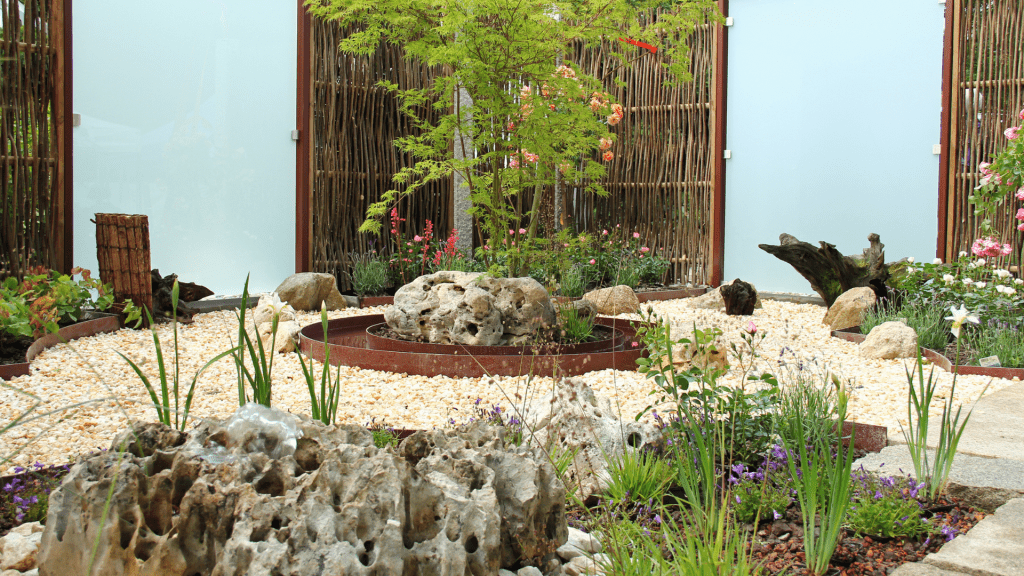
Sensory plants play a unique role in wellness-based gardening. These plants are chosen specifically for their ability to stimulate the senses gently—through color, fragrance, texture, sound, and flavor. The presence of such plants can:
- Reduce stress and anxiety
- Encourage mindfulness and relaxation
- Improve mood and concentration
- Offer a space for meditation or quiet reflection
By engaging the senses in a controlled and calming way, a sensory garden becomes more than just a visual retreat—it becomes a therapeutic sanctuary.
1. Sight: Visual Beauty That Soothes the Mind
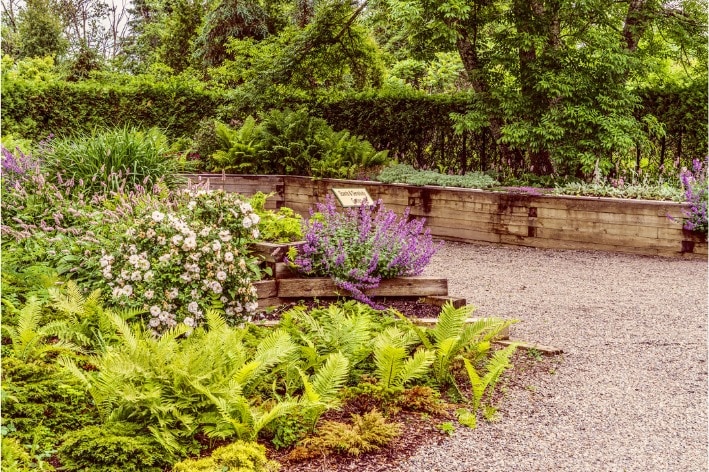
When it comes to sight, focus on calming colors and gentle patterns. Studies show that cool hues such as green, blue, lavender, and white have a tranquilizing effect on the human mind.
Top Sight-Stimulating Plants:
- Lavender (Lavandula angustifolia): Its soft purple blooms and silver-green foliage add a calming visual tone.
- Ferns (Nephrolepis exaltata, Athyrium spp.): Their elegant, feathery fronds introduce soft textures and green hues.
- Hostas: With their variegated leaves and compact structure, they bring a lush, layered appearance.
- White Impatiens: These shade-loving blooms add a touch of brightness and contrast.
- Hydrangeas: Pale blue or white varieties work beautifully in creating a visually serene corner.
Tips:
Use a limited color palette to avoid visual clutter. A green-and-white theme with hints of lavender or soft blue provides a tranquil aesthetic.
2. Smell: Fragrances That Relax and Ground You
Aromatherapy through plants is one of the most effective ways to influence mood. Pleasant natural scents can reduce cortisol levels and trigger calmness.
Fragrant Plant Recommendations:
- Jasmine (Jasminum sambac): Known for its sweet evening scent, perfect for a peaceful retreat.
- Gardenia (Gardenia jasminoides): Offers rich, creamy blooms and intoxicating fragrance.
- Lemon Balm (Melissa officinalis): A gentle citrus scent that also has calming herbal properties.
- Mint (Mentha spp.): A crisp and refreshing fragrance that doubles as an edible herb.
- Thyme and Rosemary: Earthy, grounding scents with added culinary use.
Tips:
Plant these close to seating areas or pathways where you can brush past them and release their scent naturally.
3. Touch: Textures That Calm and Connect
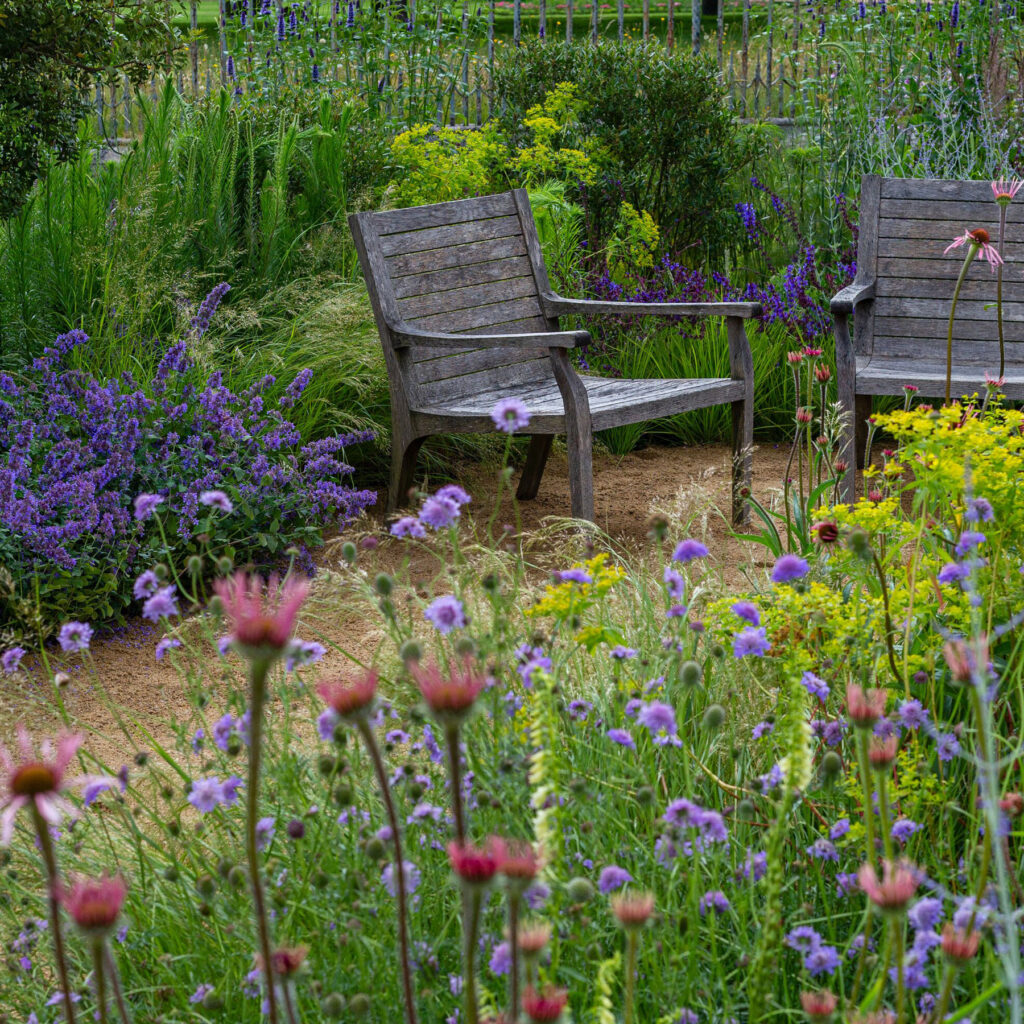
Tactile sensations help ground the body and mind. Soft, fuzzy, or textured leaves offer comfort and sensory interest.
Touch-Friendly Plants:
- Lamb’s Ear (Stachys byzantina): Incredibly soft, silvery leaves that children and adults love to touch.
- Mosses (Sphagnum spp.): Create lush, soft groundcover ideal for barefoot exploration.
- Fountain Grass (Pennisetum alopecuroides): Feathery plumes that sway and invite touch.
- Succulents (like Sedum): Thick, waxy leaves provide a cool and firm touch.
Tips:
Place textured plants where you can easily reach and touch them—along edges of paths or near benches.
4. Sound: Natural Elements That Create Serenity
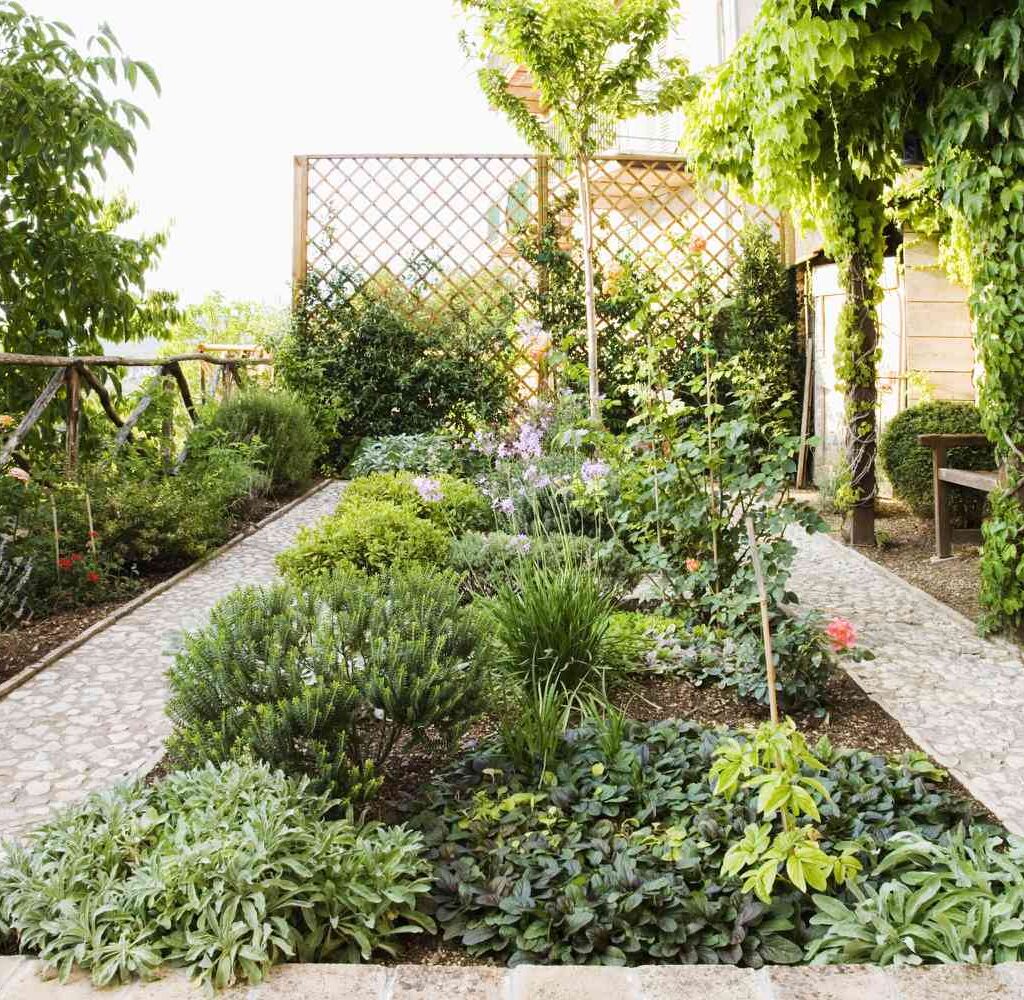
Sound is often overlooked in garden design, but it plays a powerful role in sensory relaxation. Rustling leaves, buzzing bees, and trickling water can have a meditative effect.
Sound-Enhancing Plants:
- Bamboo (Bambusa spp.): The hollow stalks click together in the wind, creating a soothing rustle.
- Ornamental Grasses: Such as Maiden Grass and Feather Reed Grass, which sway gracefully and whisper in the breeze.
- Flowering Shrubs for Bees: Like Salvia, Bee Balm, and Coneflowers. The soft buzz of pollinators creates a vibrant soundscape.
Additional Elements:
Add wind chimes, small fountains, or water features to amplify natural sounds.
5. Taste: Edible Plants for Delight and Wellness
Incorporating edible plants connects you with nature in an intimate way. Tasting herbs or fruits from your calming corner adds another layer of interaction and mindfulness.
Edible Sensory Plants:
- Strawberries: Easy to grow in containers and rewarding to harvest.
- Mint and Basil: Refreshing herbs that can be nibbled or added to teas.
- Chamomile: Use the flowers for calming tea blends.
- Edible Flowers: Like Nasturtiums or Calendula—colorful and flavorful.
Tips:
Use raised beds or containers to keep edible plants accessible and organized.
How to Design Your Calming Outdoor Corner
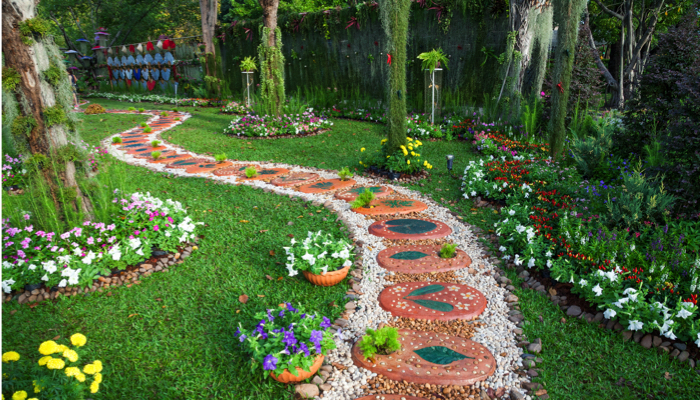
Now that you have a list of ideal sensory plants, here’s how to tie it all together into a functional and beautiful garden nook:
1. Choose the Right Location:
Pick a quiet, partially shaded corner of your garden or patio. Ideally, it should be shielded from noise and offer some privacy.
2. Create Zones for Each Sense:
Dedicate small areas for different sensory functions:
- A visual section with color-themed plants
- A fragrant border near a seat
- A tactile corner with fuzzy or textured plants
- A wind-swept area with grasses or chimes
- A small edible herb bed
3. Add Comfortable Seating:
A cushioned bench, hammock, or chair makes your garden a place where you’ll want to stay longer. Surround seating with tall, leafy plants for a cocooned feel.
4. Use Natural Materials:
Incorporate wood, stone, and clay in your paths, pots, and décor to complement the sensory theme.
5. Keep It Simple and Low-Maintenance:
A calming space should not become a source of stress. Choose hardy, low-maintenance plants, and use mulch to suppress weeds and retain moisture.
Benefits of a Sensory Garden Corner
A well-designed sensory garden does more than beautify your space—it nurtures your emotional and mental well-being. Benefits include:
- Mindfulness and Meditation: Encourages being present through sensory awareness.
- Stress Relief: Natural scents, colors, and sounds help lower anxiety.
- Enhanced Connection with Nature: Stimulates appreciation and gratitude.
- Therapeutic Impact: Ideal for children, the elderly, and individuals with anxiety or sensory processing issues.
Conclusion
A calming outdoor corner with sensory plants is a gift to your soul. Whether you have a large garden or just a small patio, these plants can transform your space into a sanctuary of peace and healing. Choose textures that beg to be touched, fragrances that soothe the spirit, visuals that rest the eyes, and sounds that lull you into tranquility.

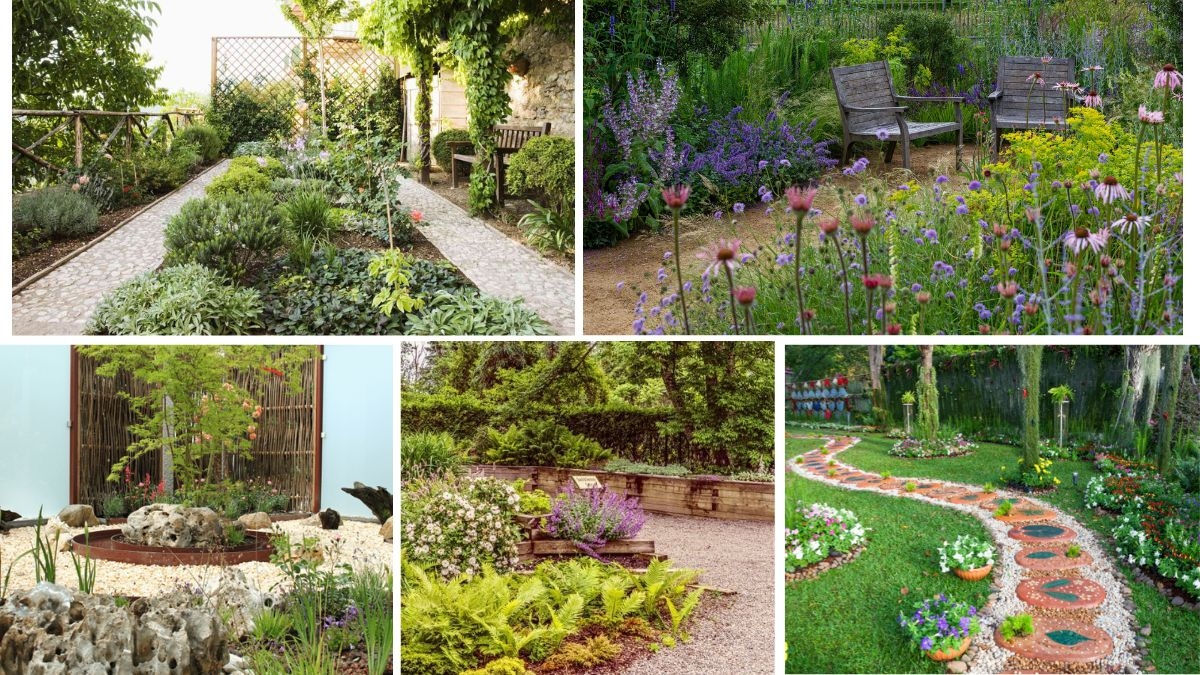



Leave A Comment